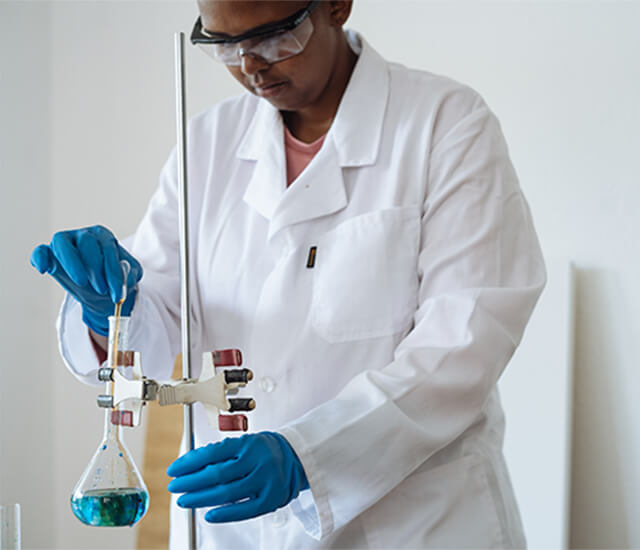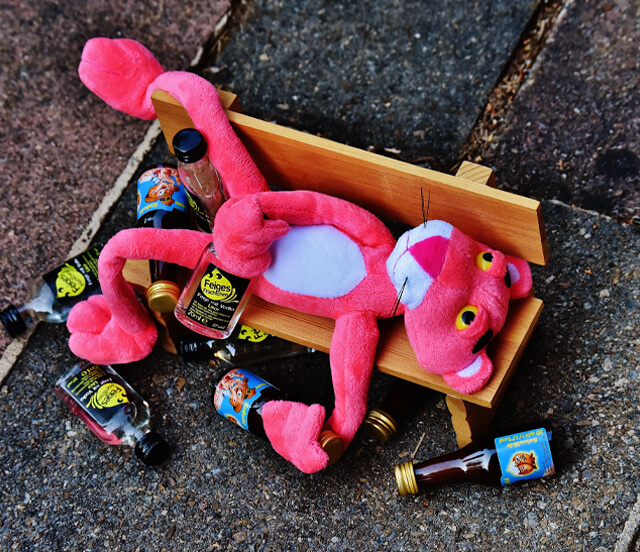by Makhosazana Aghoghovwia
Troubleshooting is a first step usually taken to seek out why a problem or a “trouble” has developed and what actions need to be taken to solve it. Troubleshooting is a necessary process that I regularly do in my personal and professional life. Personally, I consider reflecting as a troubleshooting strategy. I do this as a crucial step, especially for those trifficult (tricky + difficult) times that we all face intermittently in our lives. In my profession, research outputs are important. While the published scientific peer-reviewed article mostly reads flawlessly, reaching that point of publication takes work. When we journey towards publishing our own articles through comprehensive research, we sometimes neglect to realize that the published article is the end-product stemming from a process of long hours of labour: writing, rewriting, submitting to the journal, jousting with the editor/reviewers, crying, rewriting, and finally submitting the accept(ed)able version. We tend to only see the published version with its logical flow of experimental design, results and impressive data, and statistical analysis.
I have found that there are many similarities in the strategy I follow for troubleshooting science experiments, as I do for my personal life. If we think of our daily life experiences in a similar light as with a scientific experiment, then personal reflection is like troubleshooting.
Sir Karl Raimund Popper (1902-1994), regarded as one of the foremost philosophers of science, argued that “Science starts only with problems.” While problems make for exciting research projects, the process in solving them is a journey of a special kind that requires specialized skills and a good measure of patience and tenacity. Inasmuch as a well-designed experiment is key to finding solutions, another critical skill in any scientific discipline is the ability to troubleshoot experiments. This is particularly important because experiments do not always work well the first time. When an experiment goes wrong, perhaps we should be less hard on ourselves. We should rather assume a literal comprehension of the term “experiment” and think of it as a “try-out” and as an opportunity to learn more about the technique, because troubleshooting is after all part of the scientific research journey.
What to do when things go wrong?
Accept that you need to be patient and resilient. It is okay if the road you are travelling on turns out to be rough, a dirt road even. Go slow and travel ponderously even when you are lost. When you are lost and cannot find the way to your destination, then turn the journey into your destination. Troubleshooting, as with scientific undertaking, is heuristic. So should your life’s journey.
Step back and evaluate what happened. First think through what you did before making any changes. Also, double-check if things really did go wrong! Sometimes overwhelm clouds our judgement and things are not as bad as we initially seem to see them. But troubleshooting helps to clear the fog. It is important to re-evaluate what you did before you begin troubleshooting. This is because it would be more frustrating to realize later on that you could have identified where you went wrong without re-doing every step of your endeavors, if only you took time to take a step back. Consider keeping a journal documenting what you did so that if things go wrong, you are able to retrace your steps. Although this may seem tedious, because you would have done lots of living and preparation, it helps because you will not always recall from memory what you did.
Do not underestimate the power of time-outs. When you feel bogged down by a problem, take a short break. A coffee break, alone or with a friend, can help you think clearly again and feel less anxious. If it happens that you have indeed made an error or need to do more fine-tuning, embrace the return to the proverbial drawing board. Accept this as an opportunity to re-think, re-strategize and re-work your plans. This re-doing may mean having to re-center yourself. So, keep your mental files open to the possibility of reorganizing. This is an important part of troubleshooting.
Have your own back to stay on track
When conducting scientific experiments, it is good to work in checkpoints. A checkpoint refers to a juncture where you evaluate if you are still on the right track. Checkpoints are a way of having your own back by helping you identify the weak spots in the design or execution of the experiment. When following a specific method that may be new to you, enlist a fellow colleague to read over the methodology. This helps to avoid misinterpreting the procedure. Also, talking to someone as a way of thinking aloud about what you are doing might just help you grasp something that you may have missed.
While this may be a case of science experiments, the points described herein are transferable to evaluating and refocusing our personal and professional goals. The half-year mark is upon us and now is a good time to think through where we are, how we got here, and what could lie on the other half of this new year!






